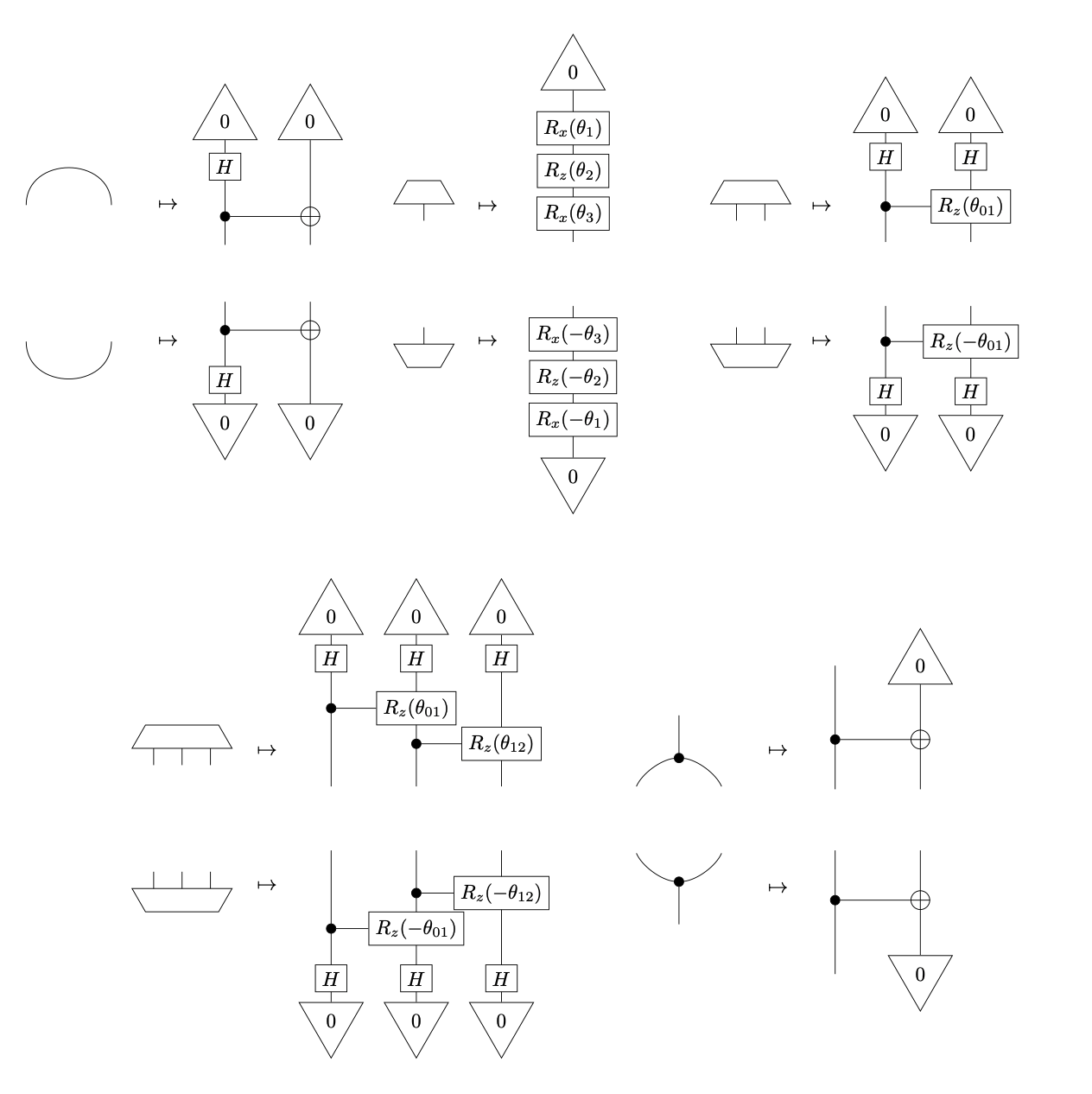We use the Lambek Calculus with soft sub-exponential modalities to model and reason about discourse relations such as anaphora and ellipsis. A semantics for this logic is obtained by using truncated Fock spaces, developed in our previous work. We depict these semantic computations via a new string diagram. The Fock Space semantics has the advantage that its terms are learnable from large corpora of data using machine learning and they can be experimented with on mainstream natural language tasks. Further, and thanks to an existing translation from vector spaces to quantum circuits, we can also learn these terms on quantum computers and their simulators, such as the IBMQ range. We extend the existing translation to Fock spaces and develop quantum circuit semantics for discourse relations. We then experiment with the IBMQ AerSimulations of these circuits in a definite pronoun resolution task, where the highest accuracies were recorded for models when the anaphora was resolved.
翻译:我们用软亚爆炸模式的Lambek Calculus 模拟和解释诸如 anaphora 和 extlipsis 等谈话关系。 使用我们先前工作中开发的短短的 Fock 空间来获得这一逻辑的语义。 我们用新的字符串图来描述这些语义计算。 Fock空间语义学的优点是,其术语可以通过使用机器学习的大型数据团体来学习,并且可以在主流自然语言任务上进行实验。 此外,由于从矢量空间到量子电路的现有翻译,我们还可以在量子计算机及其模拟器(如 IBMQ 范围) 上学习这些术语。 我们把现有翻译扩展到 Fock 空间, 并开发用于谈话关系的量子电路语义。 然后我们用IBMQerSimulation 来试验这些电路的IBMQ模拟, 在一个明确的Pronoun 解算任务中, 当Aphora 解算时, 模型记录到的最高的缩图。






